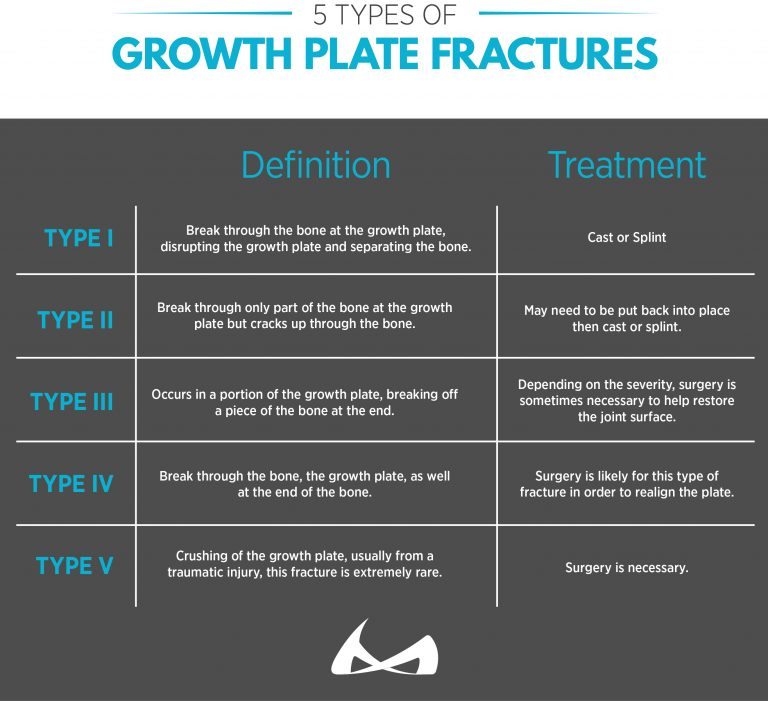I've always wondered why one of my arms is shorter than the other!
In 8th grade, I went in for my annual physical accompanied by my mom and sister. As we were sitting in the waiting room, we noticed a weird deformity in the ulna bone near my right wrist making it around 1½ inches shorter than my left. Immediately, my mom freaked out (as most mothers would) thinking that I somehow broke, fractured, or sprained it without her noticing. Luckily, since we were already at the doctor, they took one look at it and sent me in to get X-rays. The X-rays came back and showed no broken bones or major trauma to the ulna.
After two hours of anxiously waiting in the doctor’s office, they explained that it must have been a growth plate injury that we didn’t catch, allowing my bone to heal improperly, ultimately stunting the growth plate in my arm. The doctor told us how rare it was that we didn’t notice I had injured it and still to this day are unsure what exactly I did. Even though my specific case was seemingly rare, growth plate injuries are common in adolescents whose bones are not fully developed.
Epiphyseal plates, otherwise known as growth plates, are areas of developing tissue near the ends of the long bones such as legs, arms, hips, etc. In each bone, there are two different plates, one at each end. Growth plates tend to be one of the weakest areas in a growing child, making them prone to injuries and accidents. These growth plate fractures occur twice as often in boys than in girls because women’s bodies mature earlier compared to men.
Growth plate injuries can occur from many different things such as competitive sports, traumatic events such as falling, or overuse activity. The most common areas these fractures occur in are the fingers, outer bone of the arm, lower bones in the leg, and the hip.

Do you think your child might have injured their growth plate? Some symptoms to keep an eye out for include pain and tenderness, inability to move or put weight on the injury, and warmth or swelling at the end of the bone.
The healing process for growth plate injuries depends on a few factors: the severity of the injury, the age of your child, which growth plate is injured, and the type of fracture (listed above). Many times, stabilization of the limb by a cast or removable splint is necessary. For the more severe types of fractures, surgery is done to help correct and align the growth plate again. Occasionally, if the level of the severity is low, the bone will heal on its own without any problems.
If you’re like me, the growth plate closes and the bone doesn’t grow properly. It stops the growing process entirely, resulting in the limb being uneven in comparison to the other. Although my mom always tells me it’s my “hidden talent,” you can prevent this by keeping a close eye on your children’s injury and be proactive!










